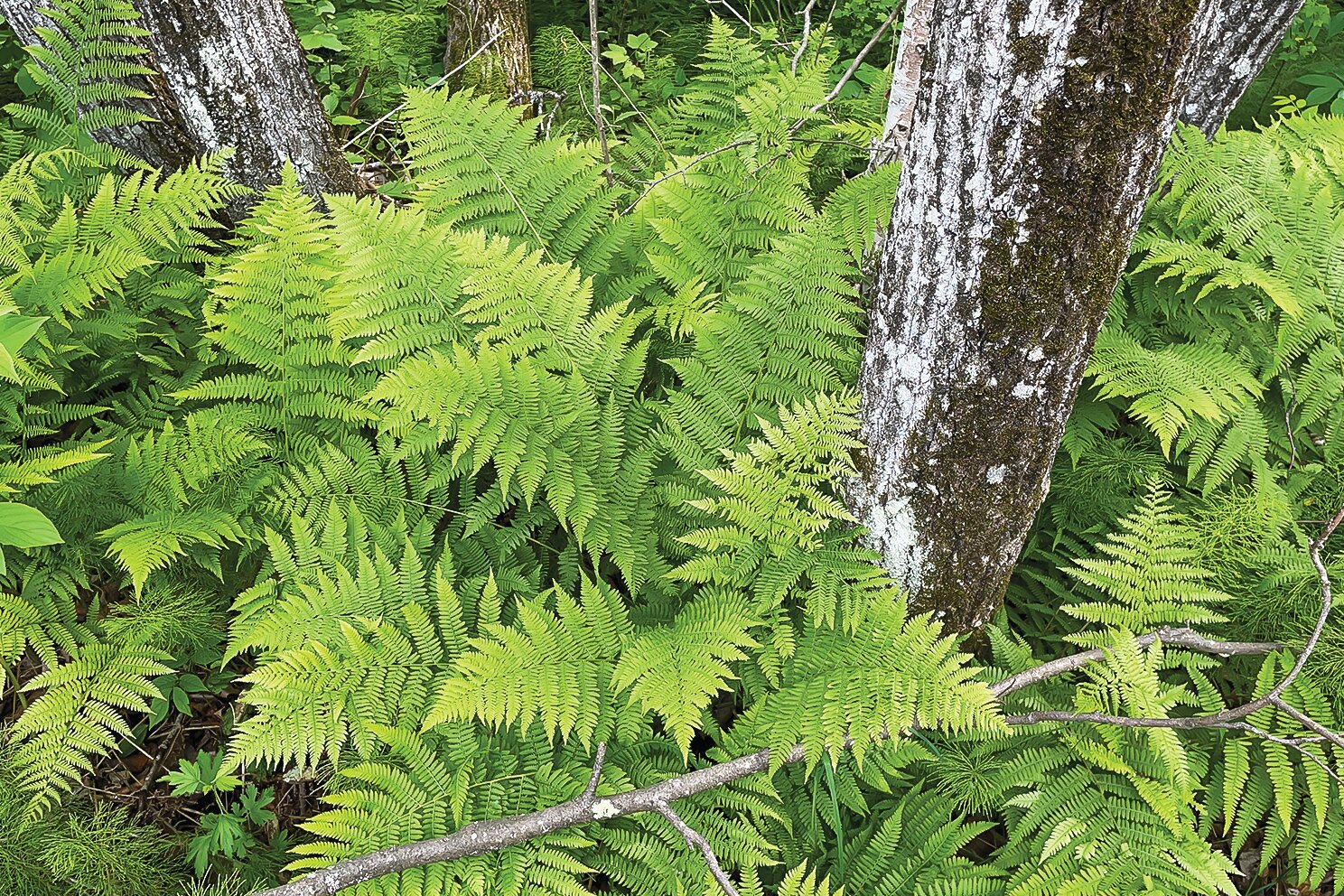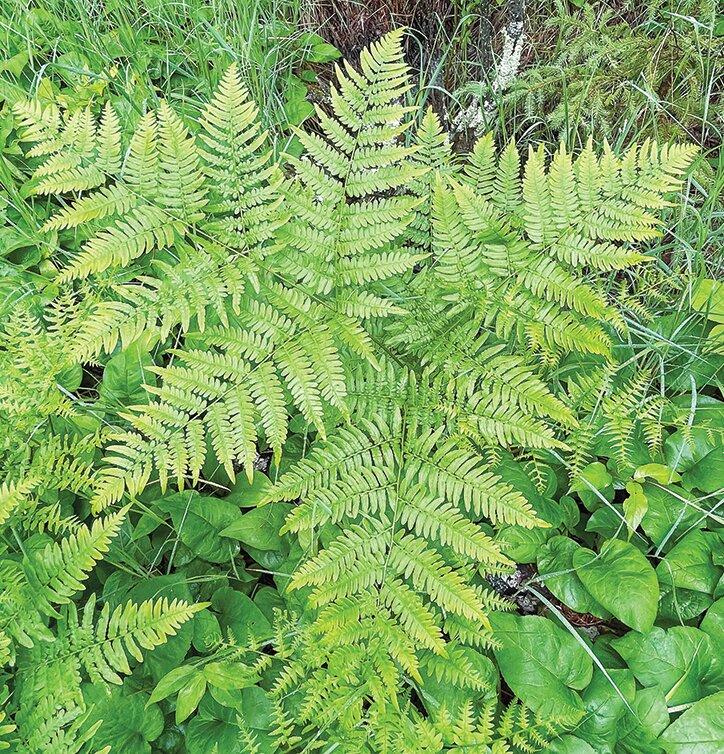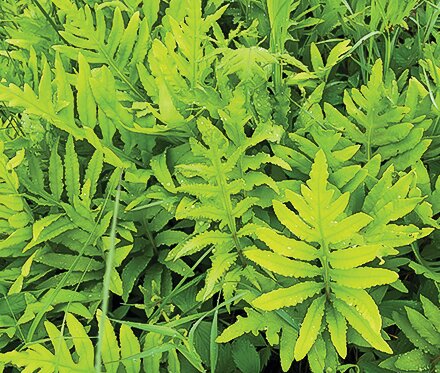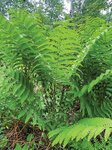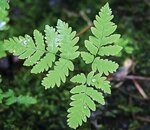Support the Timberjay by making a donation.
The verdant ferns
This spring’s abundant rainfall has been a boon for more than just mosquitoes. Few of our native plants appreciate plentiful moisture more than the roughly 90 species of ferns that make their …
This item is available in full to subscribers.
Attention subscribers
To continue reading, you will need to either log in to your subscriber account, below, or purchase a new subscription.
Please log in to continue |
The verdant ferns
This spring’s abundant rainfall has been a boon for more than just mosquitoes. Few of our native plants appreciate plentiful moisture more than the roughly 90 species of ferns that make their home in Minnesota.
Ferns are among the most common ground cover in northern Minnesota forests and are remarkably diverse in terms of the number of species of ferns found in our region, from the ostrich fern, our largest species, to the rare and tiny goblin fern, which grows barely two inches high.
Ferns are ancient, with examples in the fossil record dating back 300 million years. They were once a dominant form of plant on Earth and it is believed that their decomposition over the eons is responsible for the bulk of the oil and coal deposits in the world.
Given their earliest beginnings, ferns are a kind of missing link between the most primitive plants, such as mosses, and the more advanced flowering plants, which began to appear about 130 million years ago.
As plants evolved from small and primitive beginnings, they needed a way to transport food to different parts of the plant as they grew in size. Ferns were among the first plants to develop a vascular structure that made this possible and it was a forerunner to the far more intricate vascular systems that allow such giants as sequoias or redwoods to bring food to their their tallest branches.
While ferns made advances in terms of their vascular structure, they continued to utilize spores for reproduction since seeds wouldn’t come along for hundreds of millions of years when the flowering plants, which produce seeds, finally evolved.
Seeds are a significant advance, because they include a complete set of chromosomes, the result of sexual reproduction accomplished through the use of pollen, which contain the male chromosomes and the pistil, which is the female part where the male and female genetic material combine before developing into a seed.
A fern spore, by contrast, contains only half of the needed genetic material, so a spore won’t grow into the ferns with which we’re familiar. Instead, assuming they land in a moist and protected location, they grow into a tiny heart-shaped structure about the size of a fingernail. The plant’s sole purpose is to produce male and/or female genetic material, which is typically done on the underside of the plant’s only leaf. Either dew or rain allows the male genetic material to combine with a female egg and combination results in the production of an embryo which develops into an actual fern. It’s a cumbersome process, so you can see why flowering plants have come to dominate the planet.
While we tend to think of ferns as fairly delicate, that’s not always the case. While many of our ferns are frost sensitive, some are remarkably hardy. Polypody ferns, for example, which are generally found draped from vertical rock surfaces in our area, remain green all winter, simply going dormant until the return of warmer weather in the spring. That’s in contrast to the sensitive fern, which is most common in our area in sunny locations like roadsides. It will wither with the slightest touch of frost.
While ferns definitely play second fiddle to the flowering plants these days, long ago, they once dominated Earth’s landscape. Even today, they still know how to make an impression.

